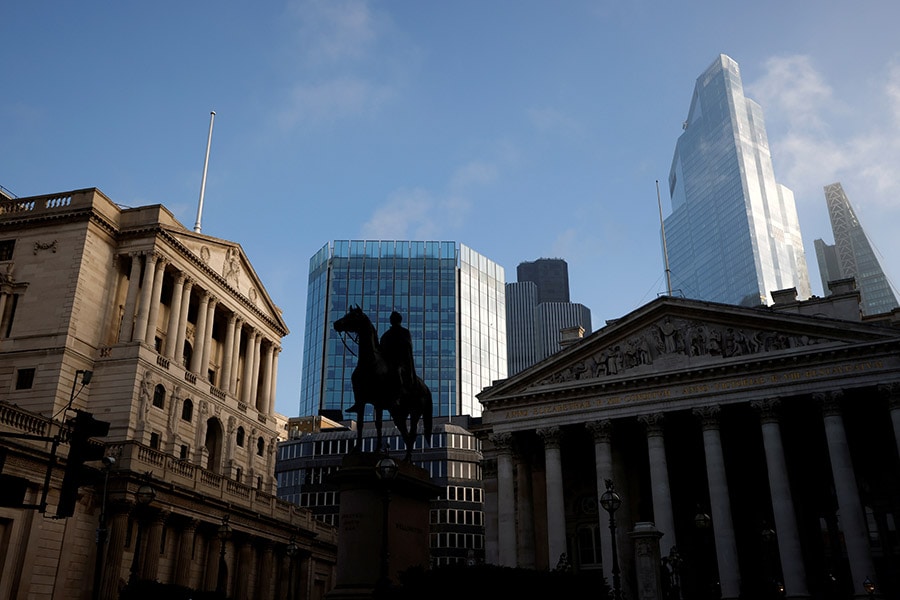
Libor, long the most important number in finance, dies at 52
The London Interbank Offered Rate (Libor), a number that spent decades as a central force of international finance and was used in setting interest rates on everything from mortgages to student loans, has died after a long battle with regulators
 Libor became a number punched into almost any calculation involving financial products, from the humble to the exotic
Libor became a number punched into almost any calculation involving financial products, from the humble to the exotic
The London Interbank Offered Rate, a number that spent decades as a central force of international finance and was used in setting interest rates on everything from mortgages to student loans, has died after a long battle with regulators. It was 52.
Known as Libor, the interest rate bench mark once underpinned more than $300 trillion in financial contracts but was undone after a yearslong market-rigging scandal came to light in 2008. It turned out that bankers had been coordinating with one another to manipulate the rate by skewing the number higher or lower for their banks’ gain.
Libor could no longer be used to calculate new deals as of Dec. 31 — more than six years after a former UBS trader was jailed for his efforts to manipulate it and others were fired, charged or acquitted. Global banks including Barclays, UBS and Royal Bank of Scotland ultimately paid more than $9 billion in fines for fixing the rate for their own profit.
Randal Quarles, then the Federal Reserve’s vice chair for supervision, offered a scathing early eulogy in October, saying that Libor “was not what it purported to be.”
“It claimed to be a measure of the cost of bank funding in the London money markets, but over time it became more of an arbitrary and sometimes self-interested announcement of what banks simply wished to charge,” Quarles said.
©2019 New York Times News Service







